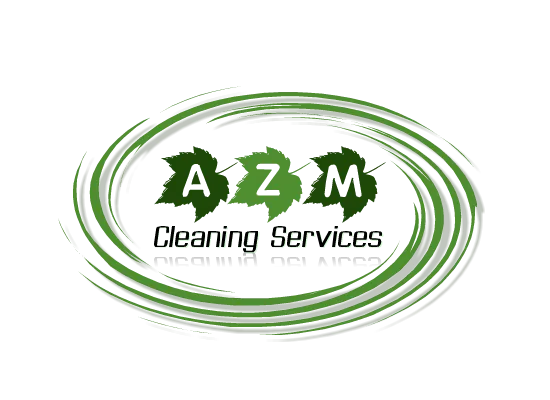
Vinegar Cleaning Hacks for Home
1. Introduction to Cleaning with Vinegar: Cleaning with vinegar is an eco-friendly and cost-effective way to maintain a clean home. Vinegar, a mild acid, possesses natural antibacterial and antifungal properties, making it a versatile cleaning agent. In this blog post, we’ll explore the benefits of using vinegar for various cleaning tasks and provide essential tips for maximizing its effectiveness.
2. Why Use Vinegar for Cleaning?
- Non-toxic and safe for the environment.
- Eliminates harmful bacteria and germs.
- Removes stains, grime, and limescale effectively.
- Leaves no harmful chemical residue.
- Cost-effective compared to commercial cleaners.
3. Precautions and Tips Before Starting:
- Always test vinegar on a small, inconspicuous area before using it on delicate surfaces.
- Avoid using vinegar on natural stone surfaces like marble and granite, as it can cause damage.
- Do not mix vinegar with bleach or ammonia-based products, as it can create harmful fumes.
- Ensure proper ventilation while cleaning with vinegar to avoid strong odors.
4. Cleaning Different Surfaces with Vinegar:
4.1 Cleaning Kitchen Surfaces:
- Wipe countertops, stainless steel appliances, and sinks with a solution of equal parts water and vinegar.
- Remove tough stains from cutting boards by rubbing with undiluted vinegar.
- Descale the coffee maker by running a mixture of vinegar and water through a brewing cycle, followed by a few plain water cycles.
4.2 Cleaning Bathroom Surfaces:
- Combat soap scum and grime by spraying vinegar onto shower walls and faucets, then scrub and rinse.
- Eliminate stubborn toilet bowl stains by pouring vinegar into the bowl, leaving it for a few hours, and scrubbing before flushing.
- Clean mirrors and glass surfaces with a mixture of equal parts vinegar and water for a streak-free shine.
4.3 Cleaning Floors and Carpets:
- Remove dirt and stains from hard floors by mopping with a solution of water and vinegar.
- Refresh carpets and rugs by sprinkling baking soda, followed by a vinegar-water spray, then vacuuming after it dries.
4.4 Cleaning Glass and Mirrors:
- Spray a solution of equal parts vinegar and water onto glass surfaces and wipe with a microfiber cloth for a streak-free shine.
- Clean cloudy glassware by soaking them in a mixture of vinegar and warm water before rinsing.
5. Vinegar as a Deodorizer:
- Combat odors in the kitchen by boiling a pot of water with a few tablespoons of vinegar.
- Place a bowl of vinegar in a room to absorb unpleasant smells.
6. Vinegar-based Cleaning Recipes:
6.1 All-Purpose Cleaner:
- Mix equal parts vinegar and water in a spray bottle.
- Add a few drops of essential oil for a pleasant scent (optional).
6.2 Disinfectant Spray:
- Combine one part vinegar, one part water, and a few drops of tea tree oil in a spray bottle.
- Tea tree oil adds natural antibacterial properties.
6.3 Limescale Remover:
- Soak fixtures affected by limescale in undiluted vinegar for a few hours.
- Scrub with a brush and rinse thoroughly.
7. Conclusion: Cleaning with vinegar is an eco-friendly and effective way to maintain a fresh and hygienic home. By following the tips and recipes provided in this blog post, you can achieve a sparkling clean space without relying on harmful chemicals. Embrace the power of vinegar and keep your home naturally clean. Click here to by vinegar on Amazon

